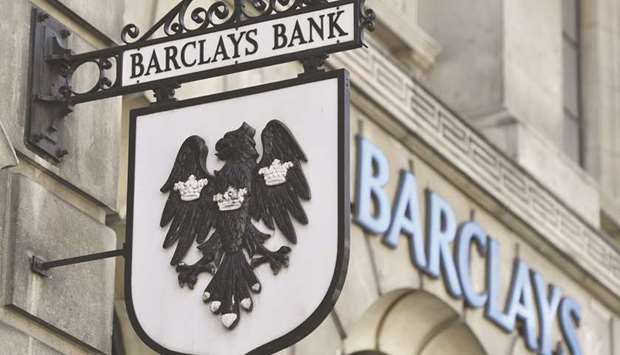Barclays and BNP Paribas, facing stronger competition from shadow banks for the lucrative business of lending to riskier companies, are considering setting up US funds to finance the transactions.
BNP Paribas could raise outside money for its first such fund, known as a direct-lending fund, as soon as this year, according to a person with knowledge of the matter. Discussions at Barclays are more preliminary, but any fund set up could offer a broad range of financing options, according to separate people.
The banks are considering following the lead of Goldman Sachs Group, which decades ago set up a direct lending arm that has helped it win fees. Their efforts have urgency now because banks have been losing business to direct lenders like Ares Management Corp, Antares Capital, and Golub Capital, which are making bigger and bigger loans. Representatives for Barclays, BNP Paribas and Goldman Sachs declined to comment.
Private lenders had $769bn of assets under management as of the middle of last year, according to data provider Preqin. That growth is coming as the volume of loans that banks help put together for junk-rated companies, known as leveraged financing, has fallen about 17% this year, according to Bloomberg’s tally of new US deals, in part because of private loans.
“The private credit market has grown exponentially over the last 10 years,” said Steven Ellis, co-head of the private credit group at law firm Proskauer Rose. “The beauty contests for deals have become more crowded as there is pressure from investors to put the money to work and, with the larger funds, write bigger checks.”
Carlyle Group recently used direct lenders for a fixed-rate $890mn unsecured term loan for its buyout of a majority stake in Sedgwick, a company that helps insurers manage claims. The private equity firm also borrowed $650mn from Goldman Sachs funds for its acquisition of StandardAero, an aircraft maintenance company, according to people familiar with the matter.
Before direct lenders had raised so much money, those kinds of financings might have come from the syndicated loan market, where groups of banks make loans and then sell the debt to investors and other lenders. But after the loan market froze late last year, the private equity firms that put together buyouts are increasingly interested in getting financing quickly, even if it means paying a little more interest. Syndicated loans can take weeks to put together, while direct loans can be faster and only slightly more expensive for the borrower.
Banks are eager to provide as many services as possible to private equity firms, which can be some of the most profitable clients on Wall Street. Lending for buyouts can translate to fees from underwriting loans, bonds, and eventually initial public offerings.
US banks get about a third of their investment banking fees from the $1.2tn market for loans to junk-rated companies, plus underwriting high-yield bonds and related services, according to Freeman Consulting Services.
Goldman Sachs has had done direct lending since at least 1996, which has helped it win a top position in underwriting leveraged loans. Its mezzanine debt and senior loan funds have invested a combined $70bn since their inception and the firm is known for being able to take on large chunks of capital ranging from secured loans to preferred equity.
BNP’s direct lending business would be housed in its asset management division, and would focus on loans for smaller private equity deals that have a first claim on assets, the person said. Barclays, meanwhile, is unlikely to make a final decision on any plan this year, one of the people said. The people asked not to be named because the discussions are private.

A Barclays sign hangs outside a branch of the bank in the City of London. Barclays and BNP Paribas, facing stronger competition from shadow banks for the lucrative business of lending to riskier companies, are considering setting up US funds to finance the transactions.
